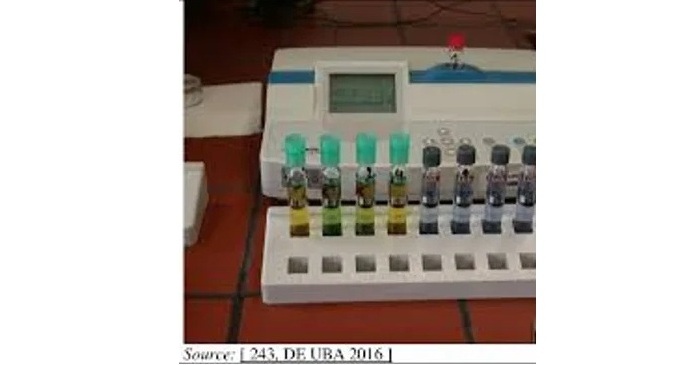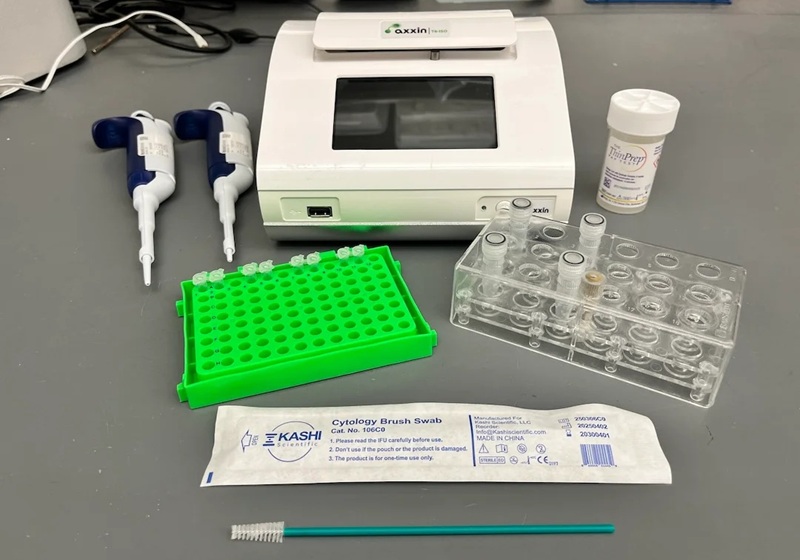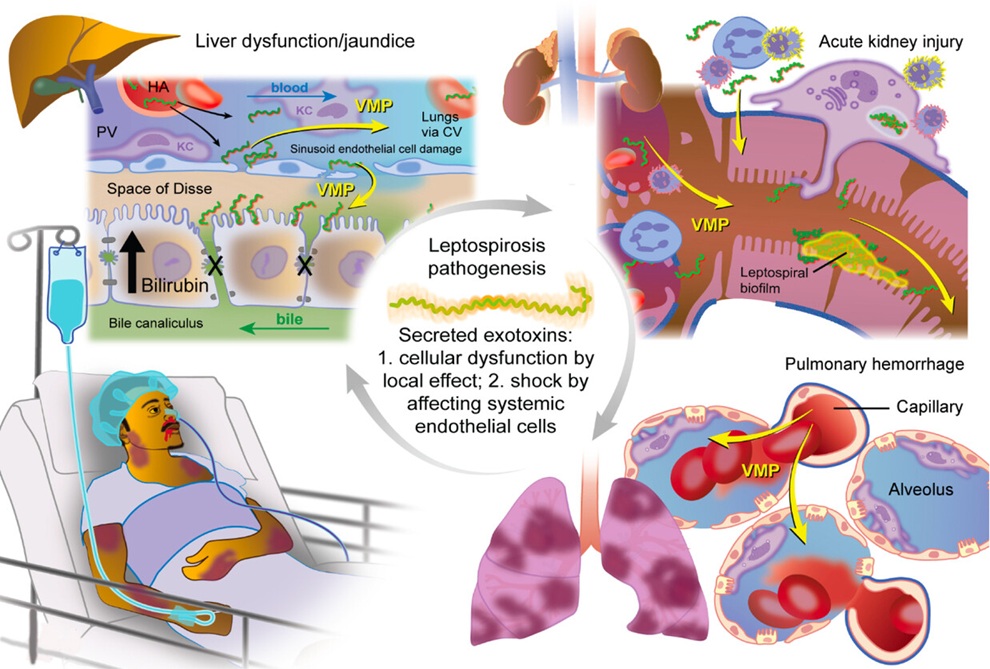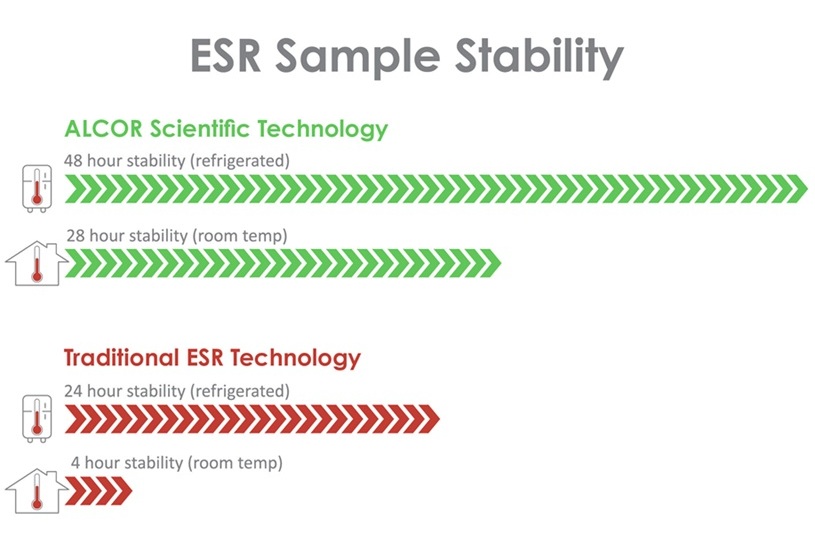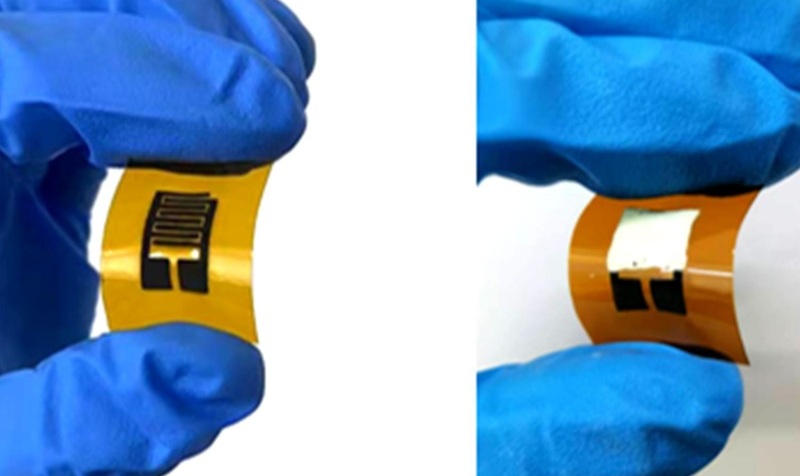Loop-Mediated Isothermal Amplification Identifies Malaria Species
|
By LabMedica International staff writers Posted on 05 Jul 2018 |
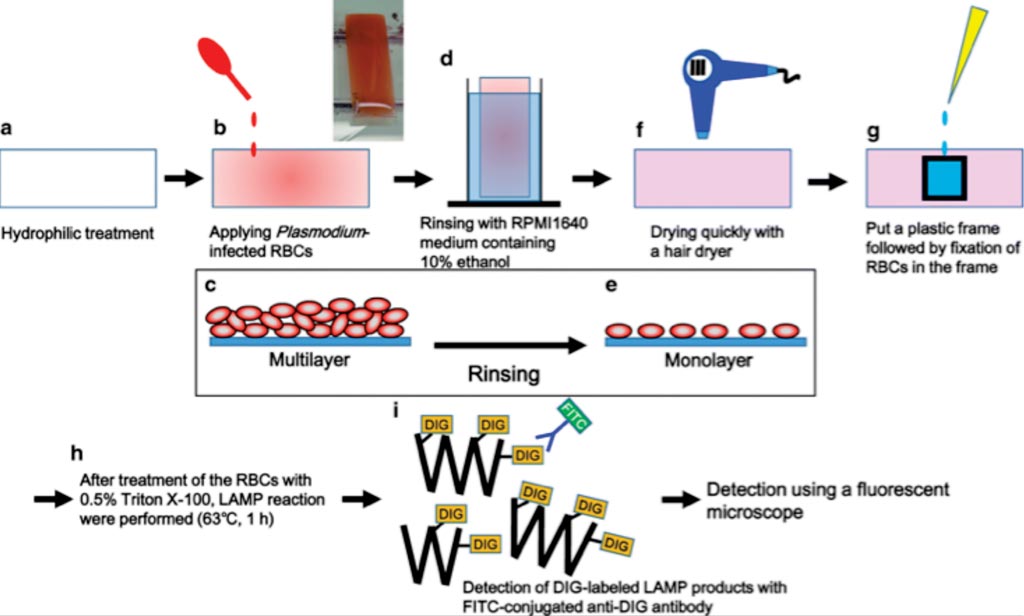
Image: A diagram of the protocol for in situ LAMP for Plasmodium-infected red blood cells on hydrophilic-treated cyclic olefin copolymer (COC) plates (Photo courtesy of National Institute of Advanced Industrial Science and Technology).
Malaria is an infectious disease caused by different species of Plasmodium, of which, five species are reported to infect humans. Since malaria caused by P. falciparum is the most serious, with high mortality, accurate and prompt diagnosis is especially important to effective management.
The current gold standard for malaria diagnosis is microscopic examination of Giemsa-stained blood smears. Since the parasite species are identified by microscopists who manually search for the parasite-infected red blood cells (RBCs), misdiagnosis due to human error tends to occur in case of low parasitaemia or mixed infection.
Scientists at the National Institute of Advanced Industrial Science and Technology (Takamatsu, Japan) performed in situ Loop-Mediated Isothermal Amplification (LAMP) in infected red blood cells (iRBCs) on hydrophilic-treated plates to analyze as many iRBCs as possible on a slide. The identification of malarial parasite at cellular levels using in situ LAMP assay was able to be completed. The team used fresh RBCs from a healthy donor with blood type O were infected with P. falciparum, which contained more than 60% of ring-stage, more than 20% of late trophozoite-stage, and less than 20% of schizont-stage parasites.
Red blood cell suspensions, including cultured Plasmodium falciparum, strain 3D7, infected-RBCs, were dispersed on cyclic olefin copolymer (COC) plate surfaces rendered hydrophilic by reactive ion-etching treatment using a SAMCO RIE system (hydrophilic-treated), followed by standing for 10 minutes to allow the RBCs to settle down on the plate surface. By rinsing the plate with RPMI 1640 medium, monolayers of RBCs formed on almost the entire plate surface. The plate was then dried with a hair drier. The RBCs were fixed with formalin, followed by permeabilization with Triton X-100. Then, amplification of the P. falciparum 18S rRNA gene by the LAMP reaction with digoxigenin (DIG)-labeled dUTP and a specific primer set was performed. Infected RBCs as fluorescence-positive cells with anti-DIG antibodies conjugated with fluorescein using fluorescent microscopy could be detected.
The authors concluded that their study showed the potential of in situ LAMP for the identification of Plasmodium species at the single cell level on hydrophilic-treated COC palates, allowing highly sensitive and accurate malaria diagnosis. The findings will improve the efficacy of the gold standard method for malaria diagnosis. The study was published on June 19, 2018, in the Malaria Journal.
Related Links:
National Institute of Advanced Industrial Science and Technology
The current gold standard for malaria diagnosis is microscopic examination of Giemsa-stained blood smears. Since the parasite species are identified by microscopists who manually search for the parasite-infected red blood cells (RBCs), misdiagnosis due to human error tends to occur in case of low parasitaemia or mixed infection.
Scientists at the National Institute of Advanced Industrial Science and Technology (Takamatsu, Japan) performed in situ Loop-Mediated Isothermal Amplification (LAMP) in infected red blood cells (iRBCs) on hydrophilic-treated plates to analyze as many iRBCs as possible on a slide. The identification of malarial parasite at cellular levels using in situ LAMP assay was able to be completed. The team used fresh RBCs from a healthy donor with blood type O were infected with P. falciparum, which contained more than 60% of ring-stage, more than 20% of late trophozoite-stage, and less than 20% of schizont-stage parasites.
Red blood cell suspensions, including cultured Plasmodium falciparum, strain 3D7, infected-RBCs, were dispersed on cyclic olefin copolymer (COC) plate surfaces rendered hydrophilic by reactive ion-etching treatment using a SAMCO RIE system (hydrophilic-treated), followed by standing for 10 minutes to allow the RBCs to settle down on the plate surface. By rinsing the plate with RPMI 1640 medium, monolayers of RBCs formed on almost the entire plate surface. The plate was then dried with a hair drier. The RBCs were fixed with formalin, followed by permeabilization with Triton X-100. Then, amplification of the P. falciparum 18S rRNA gene by the LAMP reaction with digoxigenin (DIG)-labeled dUTP and a specific primer set was performed. Infected RBCs as fluorescence-positive cells with anti-DIG antibodies conjugated with fluorescein using fluorescent microscopy could be detected.
The authors concluded that their study showed the potential of in situ LAMP for the identification of Plasmodium species at the single cell level on hydrophilic-treated COC palates, allowing highly sensitive and accurate malaria diagnosis. The findings will improve the efficacy of the gold standard method for malaria diagnosis. The study was published on June 19, 2018, in the Malaria Journal.
Related Links:
National Institute of Advanced Industrial Science and Technology
Latest Microbiology News
- Fast Noninvasive Bedside Test Uses Sugar Fingerprint to Detect Fungal Infections
- Rapid Sepsis Diagnostic Device to Enable Personalized Critical Care for ICU Patients
- Microfluidic Platform Assesses Neutrophil Function in Sepsis Patients
- New Diagnostic Method Confirms Sepsis Infections Earlier
- New Markers Could Predict Risk of Severe Chlamydia Infection
- Portable Spectroscopy Rapidly and Noninvasively Detects Bacterial Species in Vaginal Fluid
- CRISPR-Based Saliva Test Detects Tuberculosis Directly from Sputum
- Urine-Based Assay Diagnoses Common Lung Infection in Immunocompromised People
- Saliva Test Detects Implant-Related Microbial Risks
- New Platform Leverages AI and Quantum Computing to Predict Salmonella Antimicrobial Resistance
- Early Detection of Gut Microbiota Metabolite Linked to Atherosclerosis Could Revolutionize Diagnosis
- Viral Load Tests Can Help Predict Mpox Severity
- Gut Microbiota Analysis Enables Early and Non-Invasive Detection of Gestational Diabetes
- Credit Card-Sized Test Boosts TB Detection in HIV Hotspots
- Fecal Metabolite Profiling Predicts Mortality in Critically Ill Patients
- Portable Molecular POC System Rules Out UTIs in Just 35 Minutes
Channels
Clinical Chemistry
view channel
VOCs Show Promise for Early Multi-Cancer Detection
Early cancer detection is critical to improving survival rates, but most current screening methods focus on individual cancer types and often involve invasive procedures. This makes it difficult to identify... Read more
Portable Raman Spectroscopy Offers Cost-Effective Kidney Disease Diagnosis at POC
Kidney disease is typically diagnosed through blood or urine tests, often when patients present with symptoms such as blood in urine, shortness of breath, or weight loss. While these tests are common,... Read moreMolecular Diagnostics
view channelSimple Blood Test Identifies Metabolic Signature of Healthier Aging
Exercise has long been known to protect mobility and reduce the risk of chronic disease, but the molecular processes that translate activity into healthier aging have remained unclear. Researchers have... Read more
Rapid Blood Tests Differentiate Schizophrenia and Bipolar Disorder
Schizophrenia (SZ) and bipolar disorder (BD) affect millions of Americans but are often difficult to distinguish due to overlapping symptoms. Current diagnostic methods rely heavily on subjective assessments... Read moreHematology
view channel
Viscoelastic Testing Could Improve Treatment of Maternal Hemorrhage
Postpartum hemorrhage, severe bleeding after childbirth, remains one of the leading causes of maternal mortality worldwide, yet many of these deaths are preventable. Standard care can be hindered by delays... Read more
Pioneering Model Measures Radiation Exposure in Blood for Precise Cancer Treatments
Scientists have long focused on protecting organs near tumors during radiotherapy, but blood — a vital, circulating tissue — has largely been excluded from dose calculations. Each blood cell passing through... Read more
Platelets Could Improve Early and Minimally Invasive Detection of Cancer
Platelets are widely recognized for their role in blood clotting and scab formation, but they also play a crucial role in immune defense by detecting pathogens and recruiting immune cells.... Read more
Portable and Disposable Device Obtains Platelet-Rich Plasma Without Complex Equipment
Platelet-rich plasma (PRP) plays a crucial role in regenerative medicine due to its ability to accelerate healing and repair tissue. However, obtaining PRP traditionally requires expensive centrifugation... Read moreImmunology
view channel
Novel Tool Predicts Most Effective Multiple Sclerosis Medication for Patients
Multiple sclerosis (MS) is a chronic autoimmune and degenerative neurological disease that affects the central nervous system, leading to motor, cognitive, and mental impairments. Symptoms can include... Read more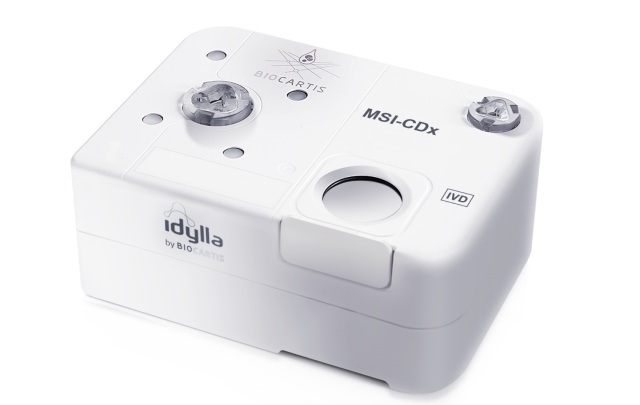
Companion Diagnostic Test for CRC Patients Identifies Eligible Treatment Population
Colorectal cancer remains one of the leading causes of cancer-related deaths worldwide, and identifying which patients will benefit most from targeted immunotherapies is critical. Existing diagnostic methods... Read more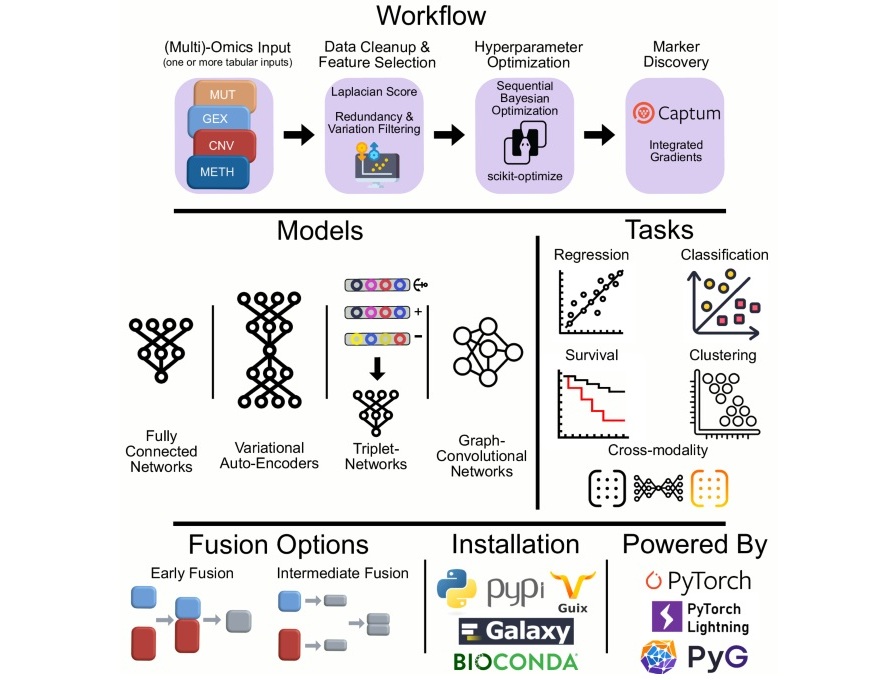
Novel Tool Uses Deep Learning for Precision Cancer Therapy
Nearly 50 new cancer therapies are approved each year, but selecting the right one for patients with highly individual tumor characteristics remains a major challenge. Physicians struggle to navigate the... Read more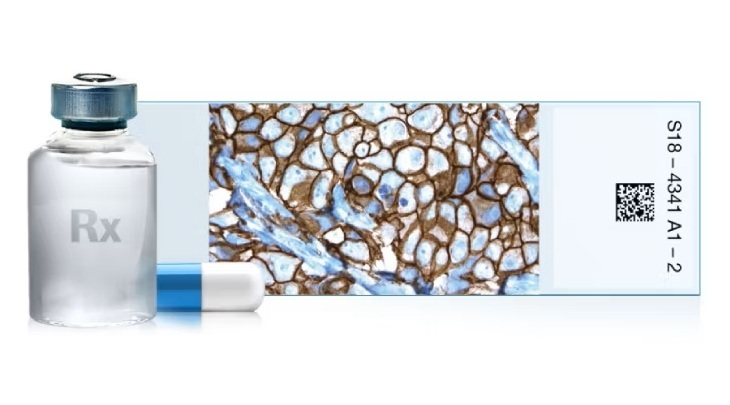
Companion Diagnostic Test Identifies HER2-Ultralow Breast Cancer and Biliary Tract Cancer Patients
Breast cancer is the most common cancer in Europe, with more than 564,000 new cases and 145,000 deaths annually. Metastatic breast cancer is rising in younger populations and remains the leading cause... Read morePathology
view channel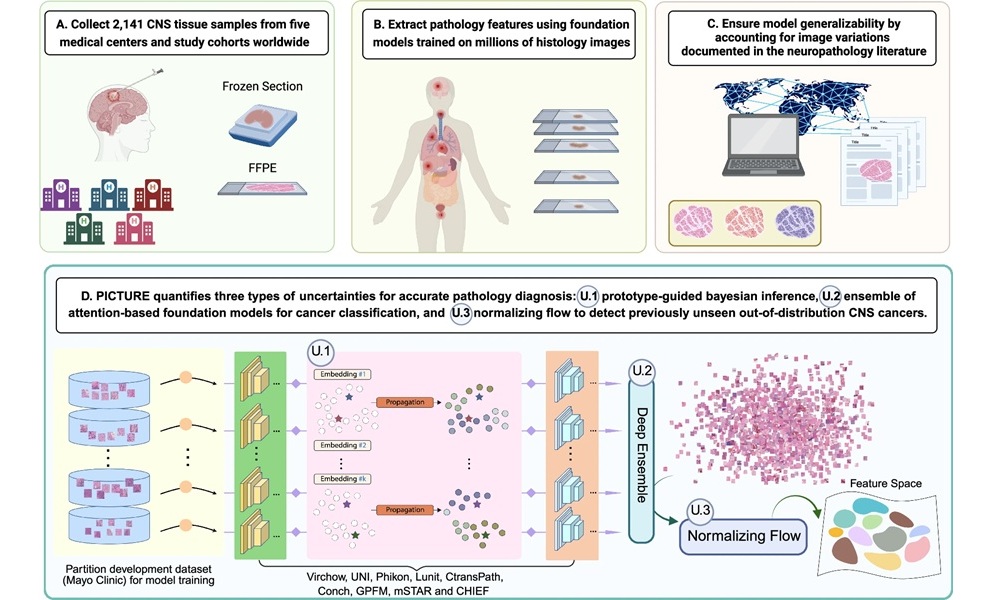
AI Tool Helps Surgeons Distinguish Aggressive Glioblastoma from Other Brain Cancers in Real-Time
Accurately distinguishing between brain tumors during surgery is one of the toughest diagnostic challenges in neuro-oncology. Glioblastoma, the most common and aggressive brain tumor, often appears similar... Read more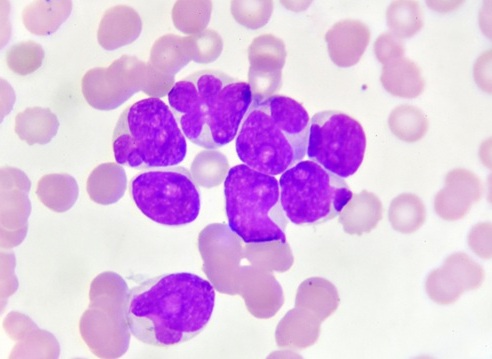
New Tool Could Revolutionize Acute Leukemia Diagnosis
Acute leukemia is a highly aggressive blood cancer that requires rapid and accurate diagnosis to guide treatment decisions. Current diagnostic methods, which rely on molecular and cytogenetic testing,... Read moreTechnology
view channel
Hybrid Pipette Combines Manual Control with Fast Electronic Aliquoting
Manual pipettes offer the control needed for delicate tasks such as mixing or supernatant removal, but typically fall short in repetitive workflows like aliquoting. Electronic pipettes solve this problem... Read more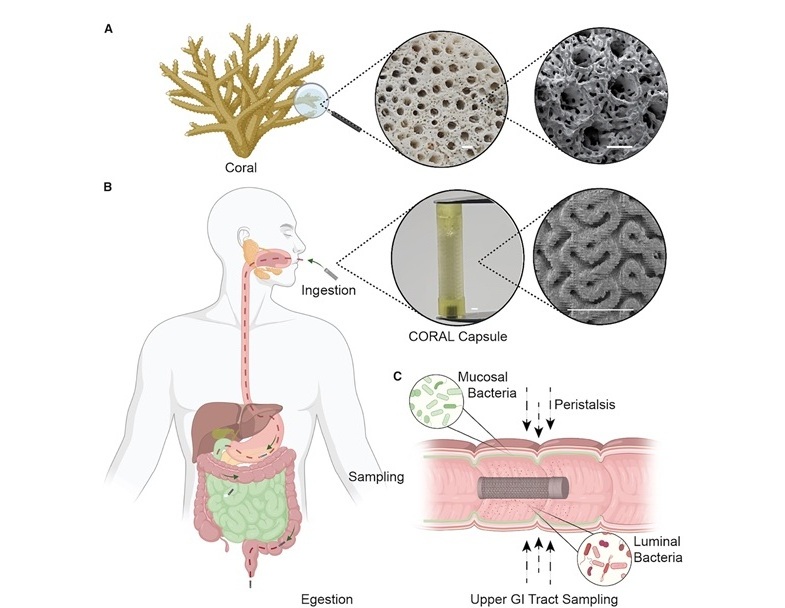
Coral-Inspired Capsule Samples Hidden Bacteria from Small Intestine
The gut microbiome has been linked to conditions ranging from immune disorders to mental health, yet conventional stool tests often fail to capture bacterial populations in the small intestine.... Read more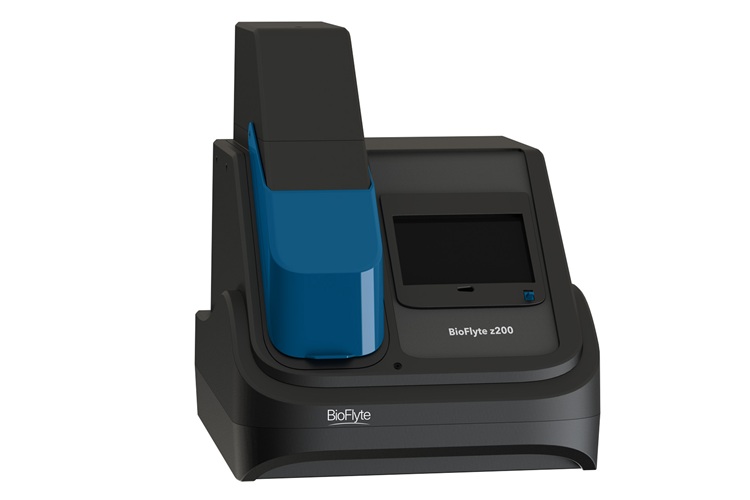
Rapid Diagnostic Technology Utilizes Breath Samples to Detect Lower Respiratory Tract Infections
Respiratory tract infections (LRTIs) are leading causes of illness and death worldwide, particularly among vulnerable populations such as the elderly, young children, and those with compromised immune systems.... Read moreIndustry
view channelELITech and Hitachi High-Tech to Develop Automated PCR Testing System for Infectious Diseases
Molecular testing has become central to diagnosing and monitoring infectious diseases by analyzing genetic information. The use of PCR during the COVID-19 pandemic showed its value, but traditional systems... Read more